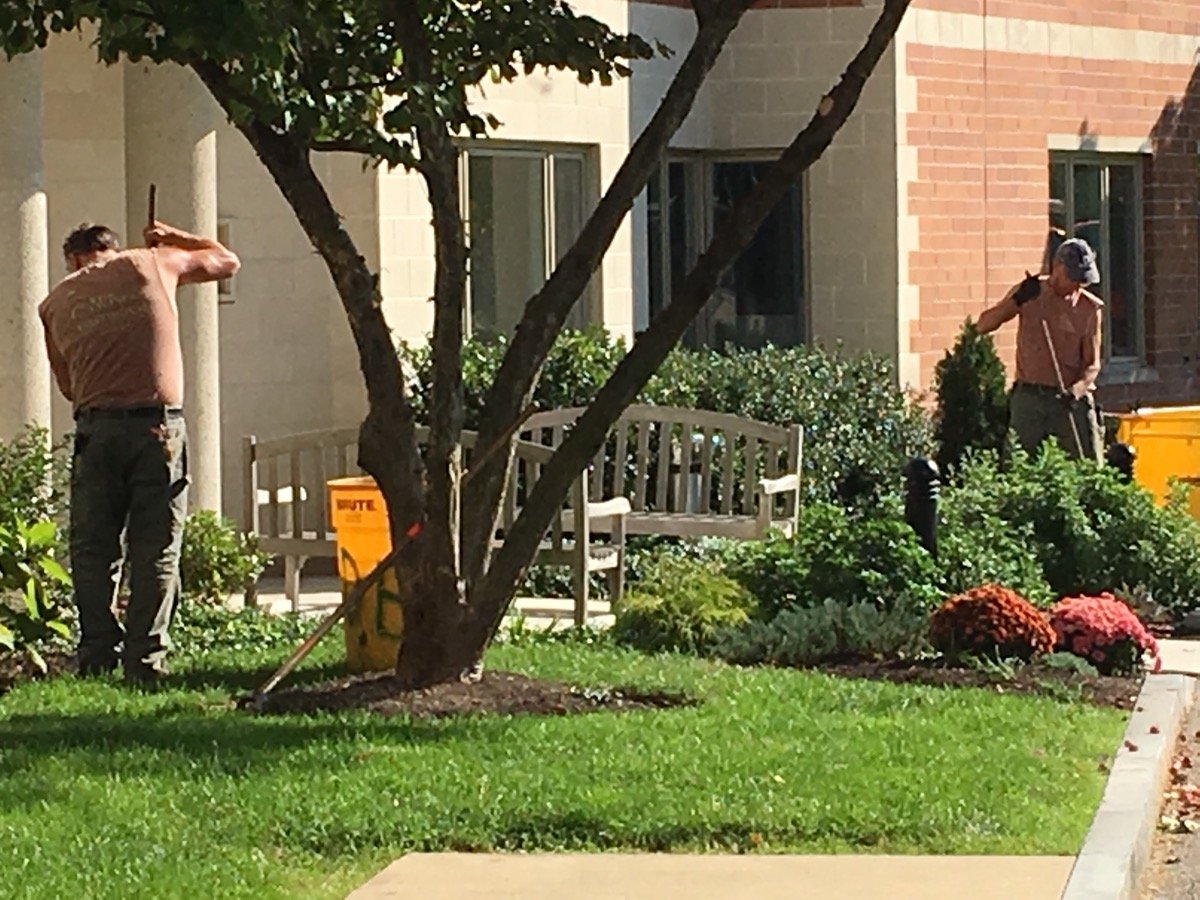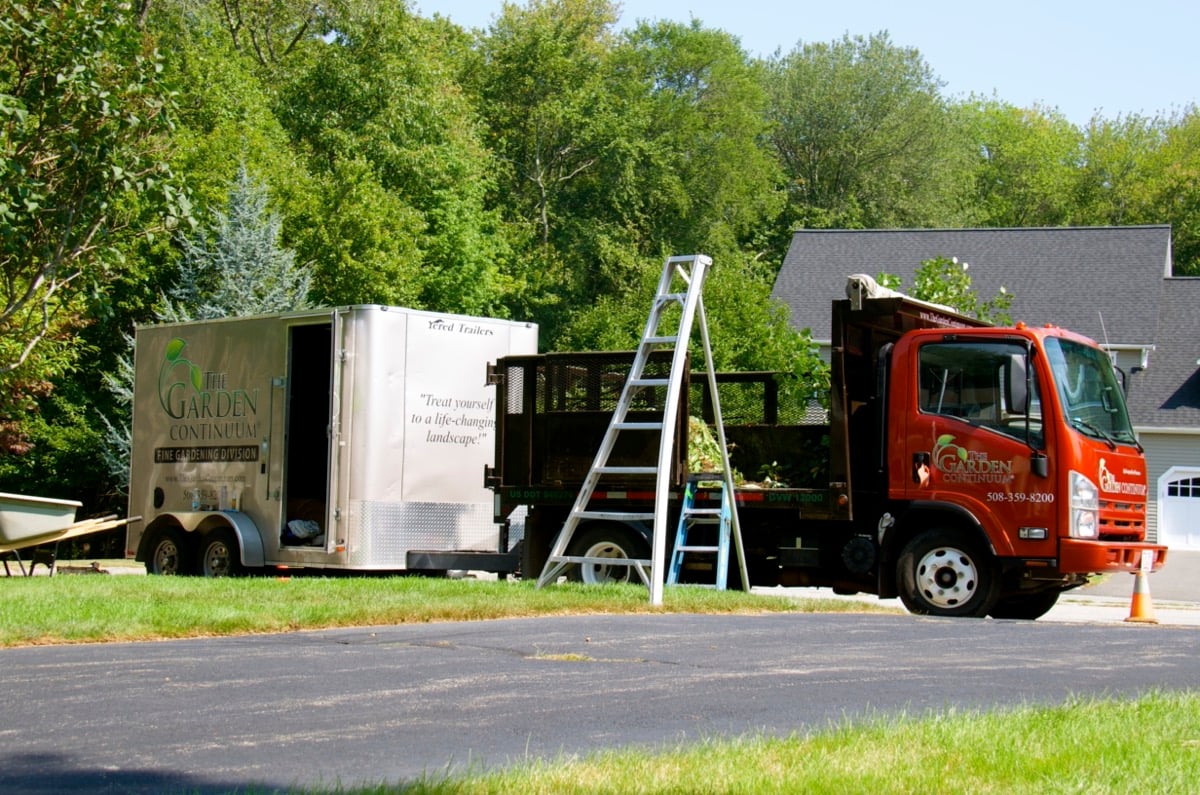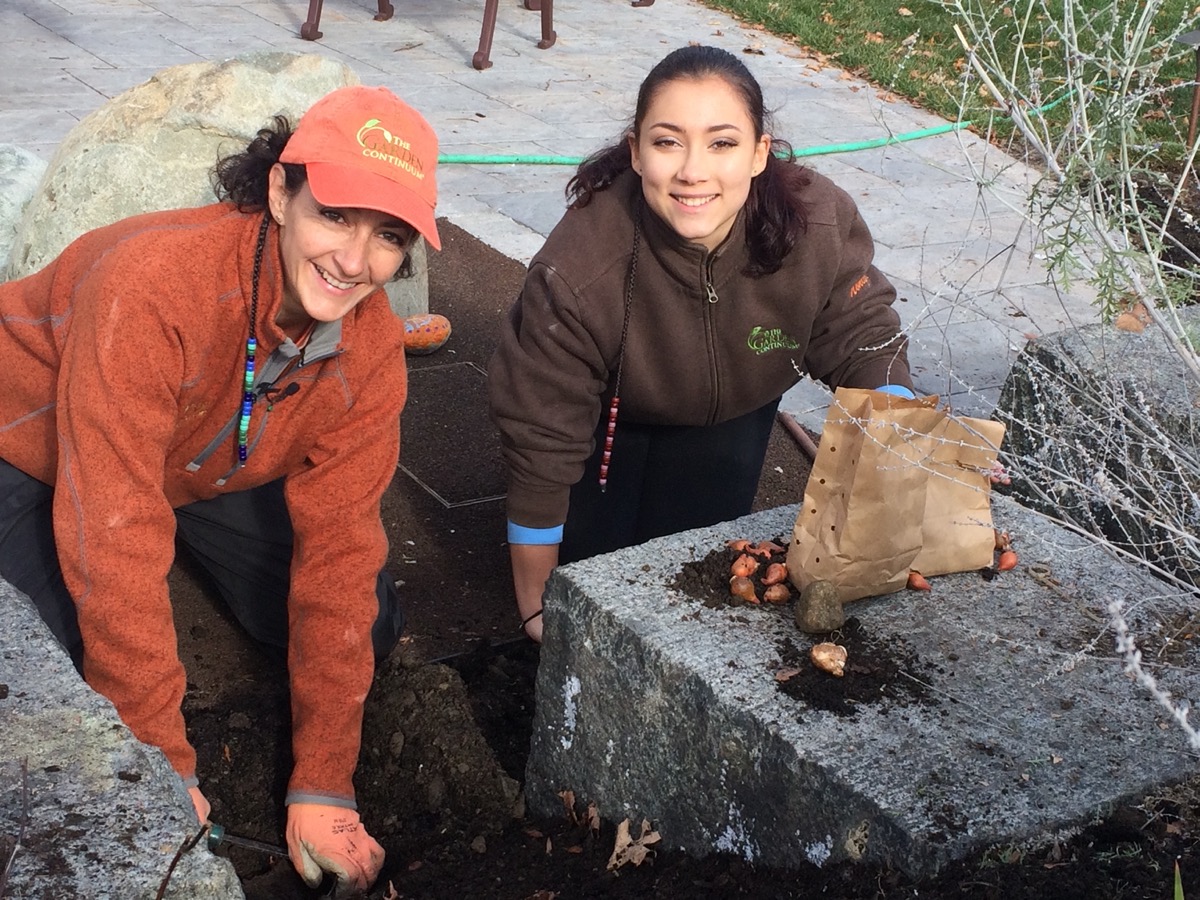Kneeling and bending over as a gardener can take a toll on your body. As you get older, it starts to feel like the knees you were born with went on vacation and returned with imposters that protest your every move. And, you might start to notice your back groans and cracks like a chorus of swaying white pines, trying to outdo each other in the symphony of aches and pains.
At some point, gardening became all about bending until you break. Yet, as we sit here today, we realize that bending before you break should be the mantra to embrace for the most successful and healthy gardening journey.
Monique and I are frequently reminded about the first time we ever experienced digging our hands into the soil. For Monique, it coincided with learning that she was suffering from childhood PTSD from abuse and abandonment. This started a lifetime of exploration into how nature has the power to heal whether it’s through gardening, eating the food we grow, making medicine from plants or simply taking in the smells and sights that feed our souls.
For Nina, it was linked to a diagnosis of a chronic illness. What she remembers most is how good she felt after being outside cultivating a green space. It was a feeling that sitting at her desk would have never afforded her. The outdoor regimen became as much a part of her healing process as the pills prescribed.
Back then, there weren’t too many studies pointing to “green space” intervention, but we knew it worked. A recent study out of the University of Colorado Boulder validates both experiences.
Garden to Wellness: Health Benefits of a Physical Pastime
The findings were published in the journal Lancet Planetary Health in January, 2023.
Half of the research participants were assigned to a community garden while the other half was put on a waitlist for a year. The group with immediate access to the community garden increased physical activity by about 42 minutes per week putting them closer to the recommended exercise requirement. I can only speak for myself, but I suspect that number is higher for most of you avid gardeners out there!
The study also showed gardening participants started eating, on average, 1.4 grams more fiber per day than the group on the waitlist. While this number may seem small, eating more fiber contributes to a healthier lifestyle and can reduce the risk of many diseases.
Lastly, and possibly the most important for many, is that participants in the gardening group reported a significant reduction in stress and anxiety levels. These days when I garden, I try to focus on the task at hand. It’s the only part of my day where I don’t have to multi-task. In addition to the physical aspect, gardening can be an exercise in mindfulness that can become a meditative experience which allows you to slow down, breathe and literally smell the roses.

Working in teams makes the load lighter
Cultivating Unity: The Transformative Power of Collaboration in the Garden
Fostering connections and a sense of community plays a crucial role in combating social isolation and addressing mental health challenges. Engaging in gardening provides a wonderful avenue for us to connect not only with the natural world around us but also with our fellow humans. It’s a nurturing activity that has the power to cultivate a profound sense of community among garden enthusiasts. Whether through volunteering at a community garden or becoming a Master Gardener, gardening allows us to give back to our community, and further enhance our mental wellness.
When it comes to tending to our gardens, it's important to remember that we don't have to shoulder the workload alone. If you haven’t already, try sharing the responsibilities with friends, family and especially children!
Monique had the opportunity to work with McKinley Vocational School in Boston early in her career. It was the early 90s, and she was not yet 30. She dove into an opportunity to work with the Boston Greenspace Alliance to design and implement a planting on the school grounds. The catch - she had to get the students to do the work.
These were urban high school teenagers, many from rough backgrounds and broken homes. She endured the initial heckles, hushed backtalk, and glaring stares at the start of the day. She mustered her courage, brought forth her emerging inner teacher and wrangled these kiddos into working teams. Ultimately, she fell in love with them as she watched in full amazement at their realizations about what plant life meant to them.
She watched their attitudes relax, their hearts soften, and their minds open. She recalls how they were all so dirty and happy at the end of the day. All in one single (albeit long) day. They played games, had a barbecue and laughed about all the silly parts of their planting experience. She received so many hugs from the students as she left. She can still feel the overwhelming love and transformation of that day.
Whether it's weeding, watering, or planting, working with a team can make the work feel more manageable and enjoyable. Plus, it provides an opportunity for shared learning and creativity, as different perspectives come together to create a thriving garden oasis.

Investing in the right tools and equipment simplifies the job
Work Like A Steward
Gardening can be a lifelong endeavor that follows your body as it heals from injury, illness and as it evolves through aging.
At 25, after seven years of professional gardening, Monique was in a car accident that took her out of gardening for six months because of massive cervical and lumbar spine trauma. Her c6-c7 disk ruptured two decades later, leaving her debilitated again as she lost generation to her right triceps and lats. She was told that she wouldn’t be able to garden with this injury and that she’d have to have surgery to correct it. Neither ended up being true.
Fast forward another decade, and she is stronger and more able-bodied than she would have imagined possible given her diagnosis and prognosis. She attributes it to holistic healing methods, consistent gentle gardening and committed 8-limb yoga practice. She recommends starting any gardening tasks with some gentle stretching that target your major muscle groups. This helps warm up your body, increases flexibility, and reduces the risk of strains or injuries.
To work smarter in the garden means finding ways to maximize productivity while minimizing effort. One key strategy is to prioritize tasks based on importance and urgency. By creating a garden to-do list and organizing tasks accordingly, you can focus your energy on high-priority activities, ensuring that your efforts yield the greatest results.
Investing in efficient gardening tools and equipment can significantly reduce the time and physical strain required for various tasks. Choose tools with cushioned handles and adjustable lengths to ensure comfortable gripping and reduced bending or reaching. By selecting tools that fit your body and work style, you can decrease the physical strain and make gardening a more enjoyable experience.
And, consider using raised beds in your garden because they offer several advantages, including reducing the need for excessive bending or kneeling so you can take care of your plant babies without putting strain on your back or knees. Additionally, raised beds provide better soil drainage and control, leading to healthier plants and reduced maintenance efforts.
By incorporating mindfulness, stretching and strategies to work smarter, not harder, you can effectively limit the physical exertion of gardening. These measures not only promote a healthier and more enjoyable gardening experience but also help safeguard against unnecessary strain and injuries, allowing you to fully appreciate the many rewards of tending a garden.
If you are interested in regenerative gardening, please download our eBook: How Regenerative Gardening will help Fight Climate Change.






Leave a comment